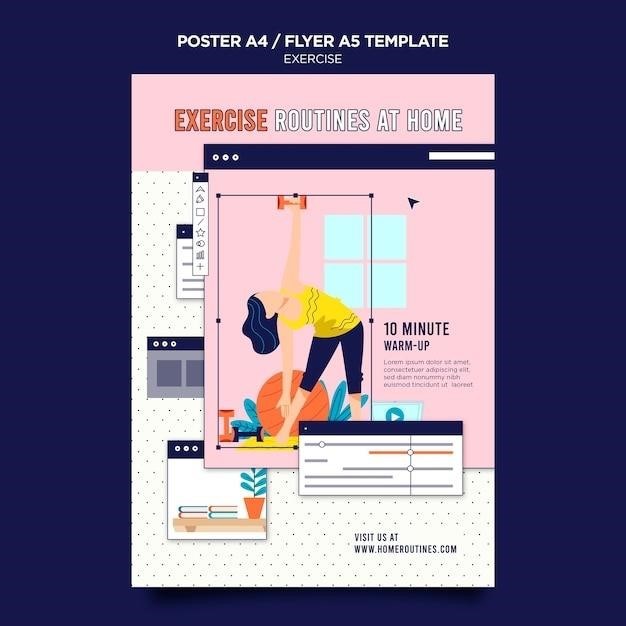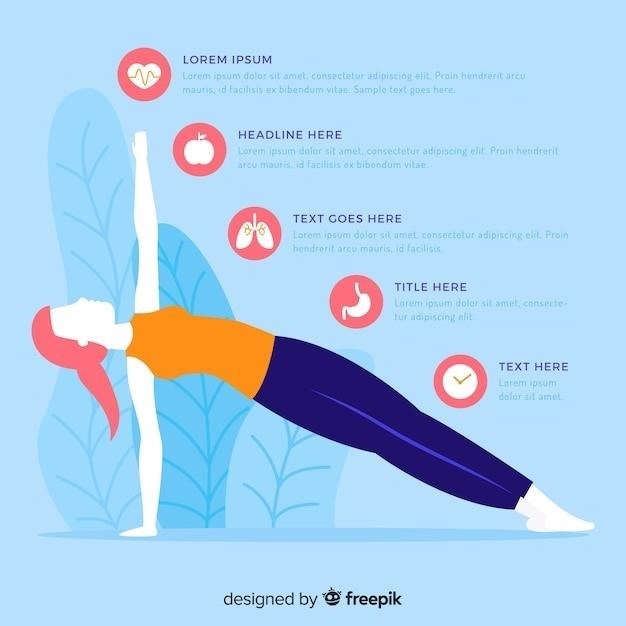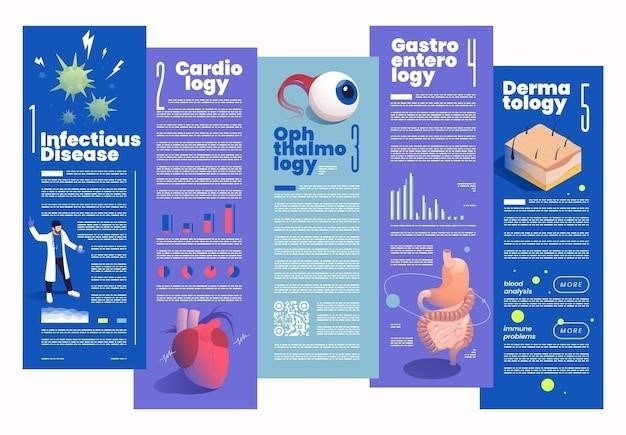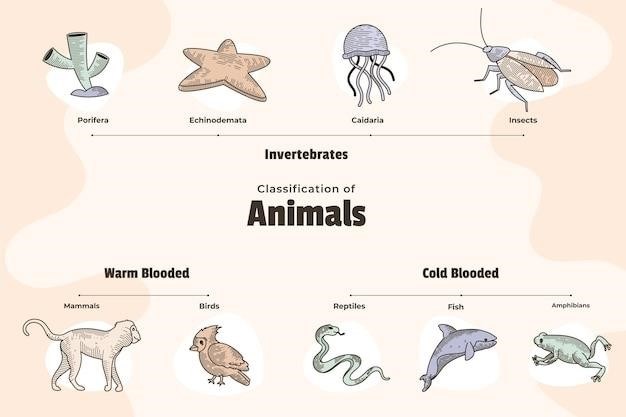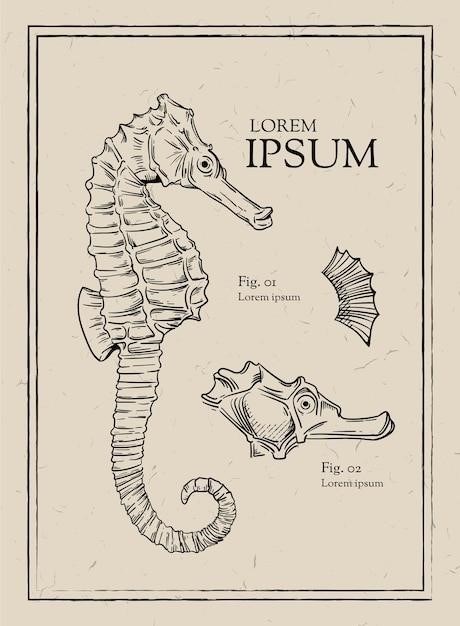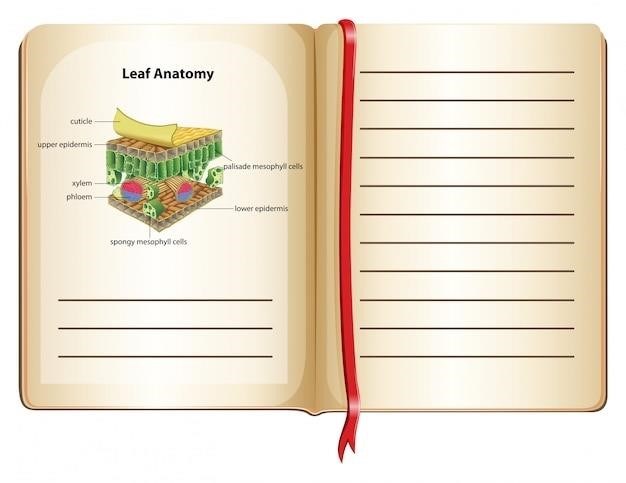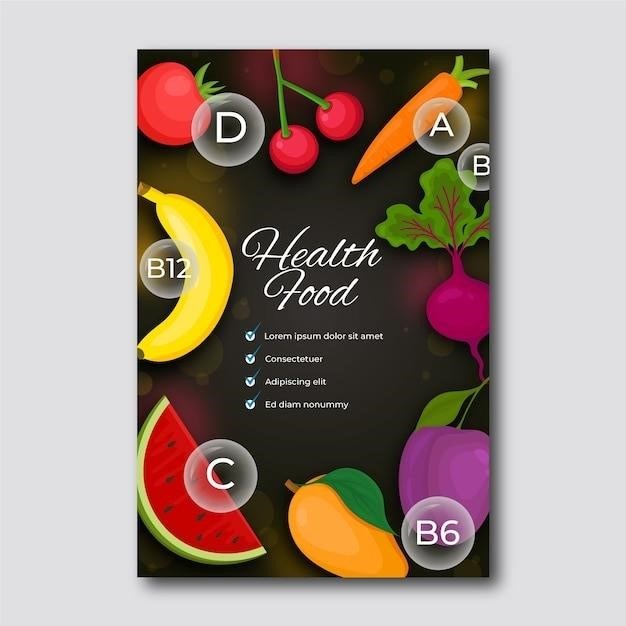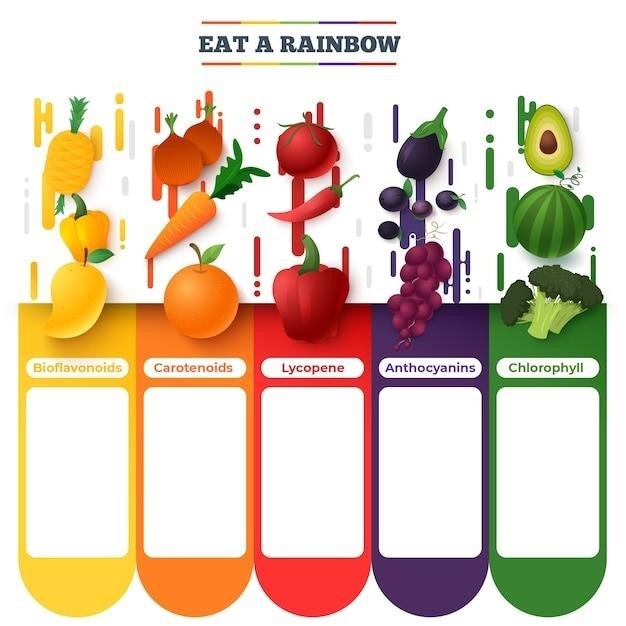The Secret Life of Bees⁚ A Journey of Self-Discovery
Sue Monk Kidd’s “The Secret Life of Bees” is a poignant and captivating tale of a young girl’s quest for identity and the transformative power of love and acceptance. Lily Owens, a fourteen-year-old girl grappling with the loss of her mother and the harsh realities of her father’s abuse, embarks on a journey that leads her to the doorstep of the Boatwright sisters, three black women who run a honey farm and offer her a haven of love and support. This journey is not only about finding a place to belong but also about confronting her past, healing her wounds, and discovering her true self.
The Plot and Setting
Set in the racially charged South Carolina of 1964, “The Secret Life of Bees” follows the story of Lily Owens, a fourteen-year-old girl burdened by the loss of her mother and the abusive nature of her father. Seeking solace and answers, Lily, along with her fiercely loyal nanny Rosaleen, embarks on a daring escape to Tiburon, South Carolina. Their journey leads them to the doorstep of the Boatwright sisters, August, June, and May, three enigmatic black women who operate a honey farm. The sisters, along with their housekeeper, “Black Mary,” offer Lily a refuge from her troubled past and a glimpse into a world of love, acceptance, and the profound connection to the natural world. The book delves into the complexities of racism, prejudice, and the struggle for equality in the American South during this turbulent era. As Lily immerses herself in the rhythm of the honey farm and the sisters’ unique lives, she begins to unravel the secrets of her mother’s past, confronting her own grief and forging new bonds of family and friendship.
Lily Owens⁚ A Young Girl Seeking Answers
Lily Owens, the protagonist of “The Secret Life of Bees,” is a complex and relatable character. Haunted by the tragic death of her mother and the emotional abuse she endures from her father, Lily seeks solace in memories and fantasies. Her yearning for a mother’s love and understanding drives her actions and fuels her journey of self-discovery. Lily is a sensitive and introspective girl, often lost in her thoughts and struggling to understand the complexities of the world around her. She finds comfort in the natural world, particularly in bees and honey, symbols of life, creation, and resilience. Lily’s innocence and vulnerability make her a sympathetic character, and her determination to find her place in the world inspires readers to connect with her struggles and triumphs. As the narrative unfolds, Lily’s journey of self-discovery reveals her strength, resilience, and ultimately, her ability to heal from the wounds of her past.
Rosaleen⁚ A Fierce and Loyal Figure
Rosaleen, Lily’s black nanny, is a powerful and unwavering figure who embodies strength, loyalty, and a deep love for Lily. She serves as a surrogate mother, providing Lily with a sense of stability and protection in a chaotic world. Rosaleen is fiercely independent and outspoken, defying the oppressive racial norms of 1964 South Carolina. Her unwavering belief in justice and equality inspires Lily and challenges her own limited understanding of the world. Rosaleen’s courage and resilience in the face of racism and prejudice are a testament to her strength of character. She is a symbol of hope and resistance, demonstrating that even in the face of adversity, one can choose to stand up for what is right. Rosaleen’s unwavering loyalty to Lily, her unwavering belief in justice, and her steadfast commitment to her own dignity make her a truly inspiring figure in the novel;
The Boatwright Sisters⁚ A Haven of Love and Acceptance
The Boatwright sisters, June, May, and August, represent a haven of love, acceptance, and sisterhood for Lily. They offer her a refuge from the harsh realities of her life with her father and provide her with a sense of belonging and purpose. June, the eldest sister, is a strong and independent woman who runs the honey farm with a fierce determination. May, the middle sister, is a gentle and nurturing soul who brings a sense of peace and harmony to the household. August, the youngest sister, is a free-spirited artist who embraces life with a vibrant energy. Together, the Boatwright sisters create a unique and powerful matriarchal family that challenges traditional gender roles and embraces the importance of female bonds. They offer Lily a different way of seeing the world, a world where love, acceptance, and community are paramount. They teach her about the importance of family, forgiveness, and finding strength in the face of adversity.

The Significance of Bees and Honey
Bees and honey play a profound symbolic role in “The Secret Life of Bees.” Bees, with their intricate social structures and industrious nature, represent the interconnectedness of life and the importance of community. Their tireless work in creating honey, a sweet and nourishing substance, symbolizes the transformative power of love and hard work. Honey, with its golden color and sweet taste, symbolizes the sweetness of life, the healing power of nature, and the importance of finding joy in the midst of adversity. The sisters’ honey farm, a place where bees create their golden nectar, becomes a metaphor for Lily’s journey of self-discovery and healing. Just as bees work together to create honey, Lily finds strength and support in the love and acceptance she receives from the Boatwright sisters. The bees’ industrious nature also mirrors Lily’s own determination to create a better life for herself, to find a place where she can truly belong.
Themes of Family, Loss, and Forgiveness
At the heart of “The Secret Life of Bees” are the themes of family, loss, and forgiveness. Lily’s journey is driven by a yearning for a mother’s love and a desire to understand the circumstances surrounding her mother’s death. She finds solace and a sense of belonging in the Boatwright sisters, who become a surrogate family, offering her love, guidance, and a sense of community. The novel explores the complexities of family, showing how bonds can be formed beyond blood ties and how love and acceptance can transcend traditional definitions of family. Lily’s journey also highlights the importance of confronting loss and moving towards healing. The novel emphasizes the power of forgiveness, both in seeking forgiveness for past mistakes and in extending forgiveness to others. Lily learns to forgive her father for his shortcomings and to forgive herself for the past. The act of forgiveness becomes a catalyst for personal growth and transformation, allowing Lily to break free from the chains of her past and embrace a brighter future.
Racism and Prejudice in 1964 South Carolina
Set in the turbulent South Carolina of 1964, “The Secret Life of Bees” confronts the stark realities of racism and prejudice. Lily’s journey takes her through a world where segregation and racial discrimination are deeply ingrained in society. The novel vividly portrays the pervasive nature of racism, from the subtle everyday indignities to the overt acts of violence that black people face. The story highlights the courage and resilience of the black community in the face of adversity, exemplified by the Boatwright sisters and Rosaleen, who are forced to navigate a system designed to oppress them. Lily’s experiences expose her to the harsh realities of racial injustice and force her to confront her own biases and assumptions. She witnesses firsthand the struggles and triumphs of the black community, deepening her understanding of the complexities of race and prejudice in her time. The novel underscores the importance of empathy, compassion, and the need to challenge prejudice and discrimination in all its forms.
Lily’s Relationship with Her Mother
Lily’s relationship with her mother, Deborah, is a central theme in “The Secret Life of Bees,” shaping her identity and driving her search for self-discovery. Haunted by the memory of her mother’s death, Lily clings to fragmented and idealized memories, constructing a comforting narrative of a loving and nurturing mother. This yearning for a mother’s love fuels her desire to escape her abusive father and seek a sense of belonging. As Lily delves into her mother’s past, she uncovers hidden secrets and confronts the truth about her mother’s life and death. This journey forces her to confront her own grief and the complexities of their relationship, ultimately leading to a deeper understanding of her mother and the legacy she left behind. The novel explores the enduring impact of a mother’s love, even in the face of loss and tragedy, and the healing power of confronting the past to move forward.
The Black Madonna⁚ A Symbol of Hope and Strength
The Black Madonna, a statue of the Virgin Mary depicted with dark skin, serves as a powerful symbol of hope, strength, and resilience in “The Secret Life of Bees.” For Lily, the Black Madonna represents a source of comfort, guidance, and protection. She finds solace in the statue’s presence, drawing strength from its unwavering gaze and the sense of maternal love it embodies. The Black Madonna also symbolizes the enduring spirit of black women in the face of oppression and prejudice. The Boatwright sisters, devoutly Catholic and deeply connected to the Black Madonna, embody the values of faith, community, and love that the statue represents. Through Lily’s connection to the Black Madonna, the novel explores themes of faith, spirituality, and the power of symbols to offer comfort and hope in times of adversity. The Black Madonna becomes a beacon of light for Lily, guiding her towards healing and self-discovery.
The Importance of Community and Support
In “The Secret Life of Bees,” the power of community and support shines through as a central theme. Lily’s journey is marked by isolation and loneliness, stemming from her troubled relationship with her father and the absence of a mother’s love. However, upon arriving at the Boatwright sisters’ home, she discovers a profound sense of belonging and acceptance. The sisters, along with their close-knit circle of friends and neighbors, create a supportive environment where Lily feels safe, loved, and valued. This community becomes a sanctuary for her, offering her the opportunity to heal from past trauma and find her voice; The novel emphasizes the importance of human connection, demonstrating how shared experiences, mutual understanding, and the strength of collective love can help individuals overcome adversity and find their way in the world.
The Secret Life of Bees⁚ A Novel of Transformation
“The Secret Life of Bees” is not merely a story; it’s a profound journey of transformation. Lily’s arrival at the Boatwright sisters’ home marks a turning point in her life. Surrounded by love, acceptance, and a vibrant community, she begins to shed the layers of pain and insecurity that have burdened her for years. The sisters, particularly August, become maternal figures who guide Lily’s emotional growth and help her confront her past traumas. Lily’s relationship with Rosaleen also evolves, deepening their bond and offering her a sense of belonging she had never experienced before. Through these transformative relationships and the guidance of the Black Madonna, Lily discovers a strength she never knew she possessed; The novel ultimately portrays a powerful message of self-discovery, resilience, and the transformative power of love and community.

The Secret Life of Bees⁚ A Cultural Phenomenon
“The Secret Life of Bees” has transcended the realm of a simple novel, becoming a cultural phenomenon that has resonated deeply with readers across the globe. Its enduring popularity can be attributed to its multifaceted themes that speak to universal human experiences⁚ the search for identity, the healing power of love, and the importance of community. The novel’s exploration of racial prejudice and social injustice in 1960s South Carolina, combined with the exploration of female empowerment and the strength of sisterhood, has made it a powerful and timely story. The novel has been translated into numerous languages, adapted into a successful film, and continues to inspire book clubs and discussions, solidifying its place as a cultural touchstone that continues to resonate with readers of all ages and backgrounds.
The Secret Life of Bees⁚ A Must-Read for All Ages
“The Secret Life of Bees” is a novel that transcends age barriers, offering a compelling and thought-provoking reading experience for readers of all ages. The story’s universal themes of love, loss, and self-discovery resonate deeply with young adults and adults alike. Teenagers can connect with Lily’s struggles with identity, her search for belonging, and her yearning for a loving mother figure. Adults will appreciate the novel’s exploration of complex themes such as racism, prejudice, and the enduring power of female friendships. The lyrical prose and captivating characters create a world that is both enchanting and thought-provoking, leaving readers with a lasting impression and a renewed appreciation for the beauty and complexity of human relationships.






